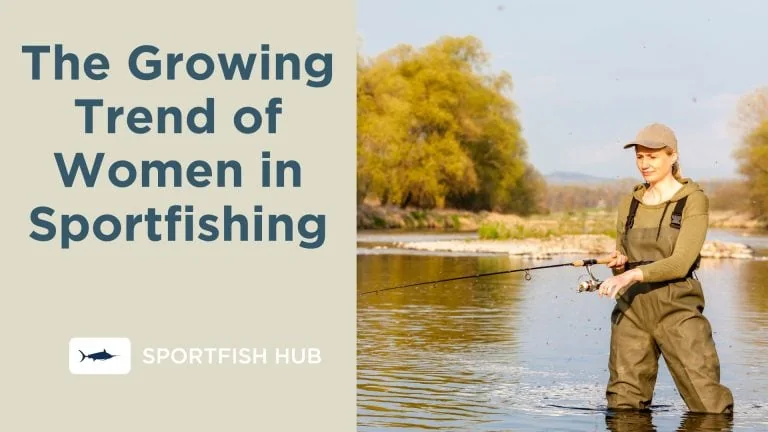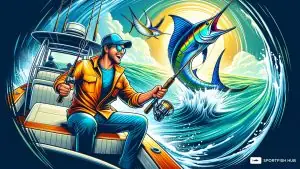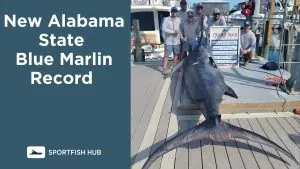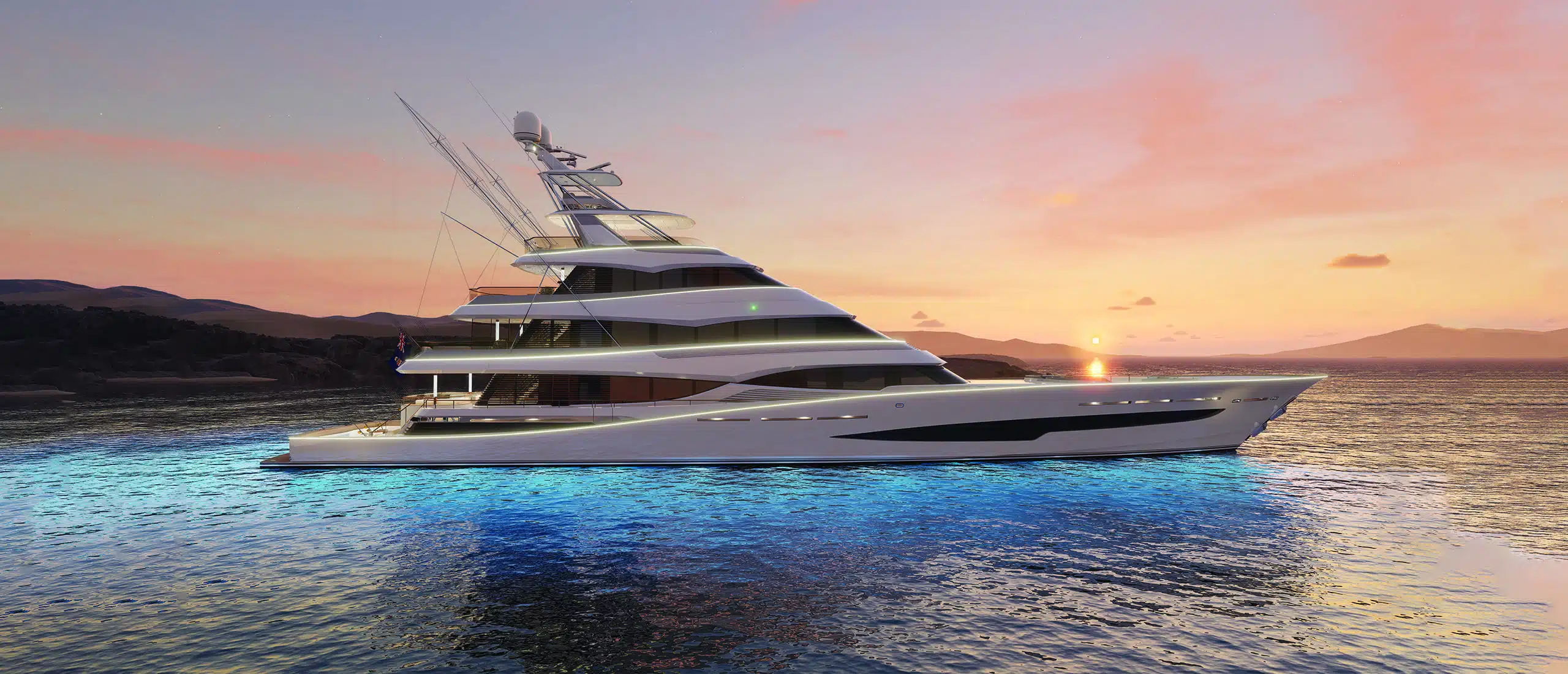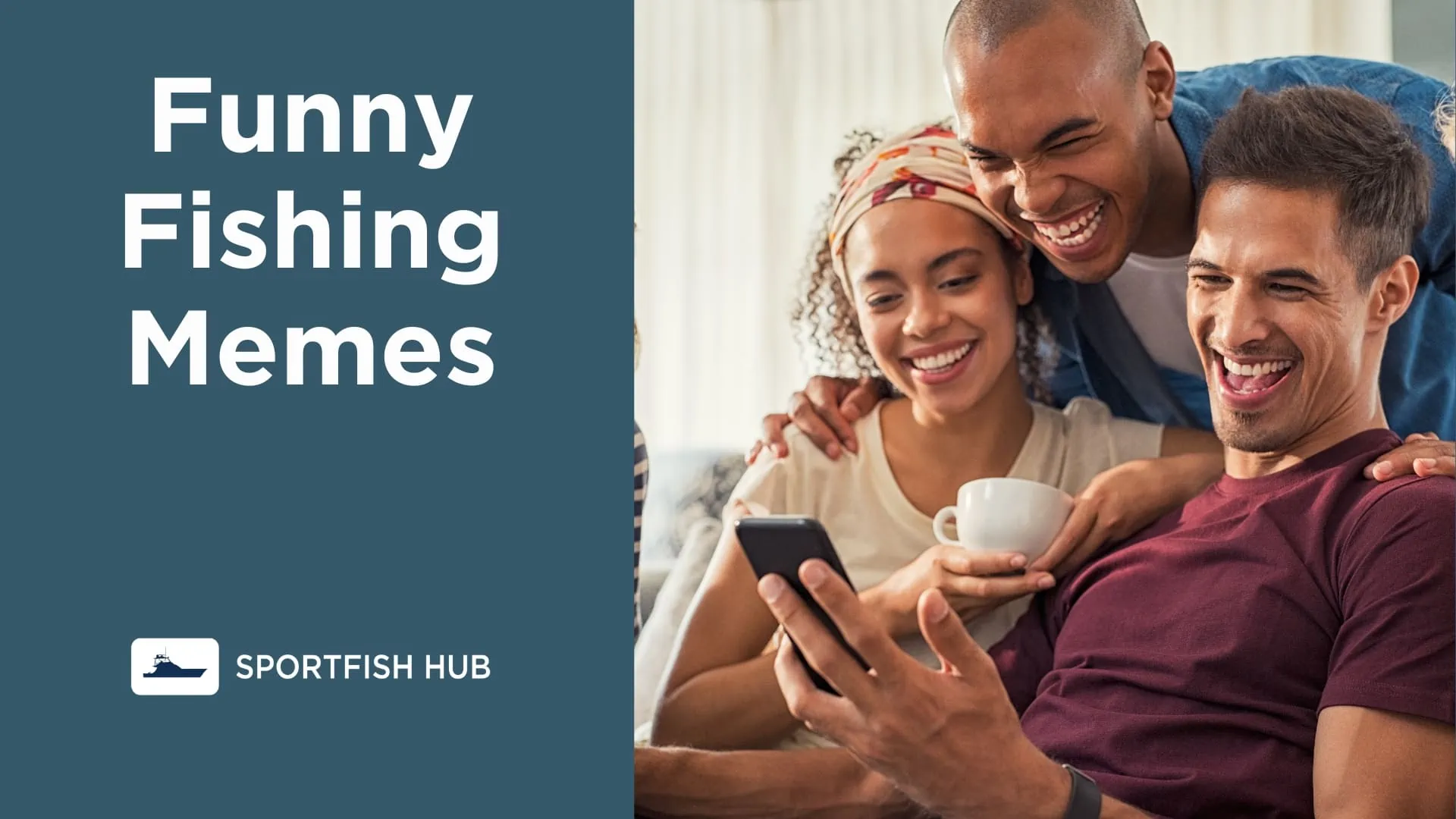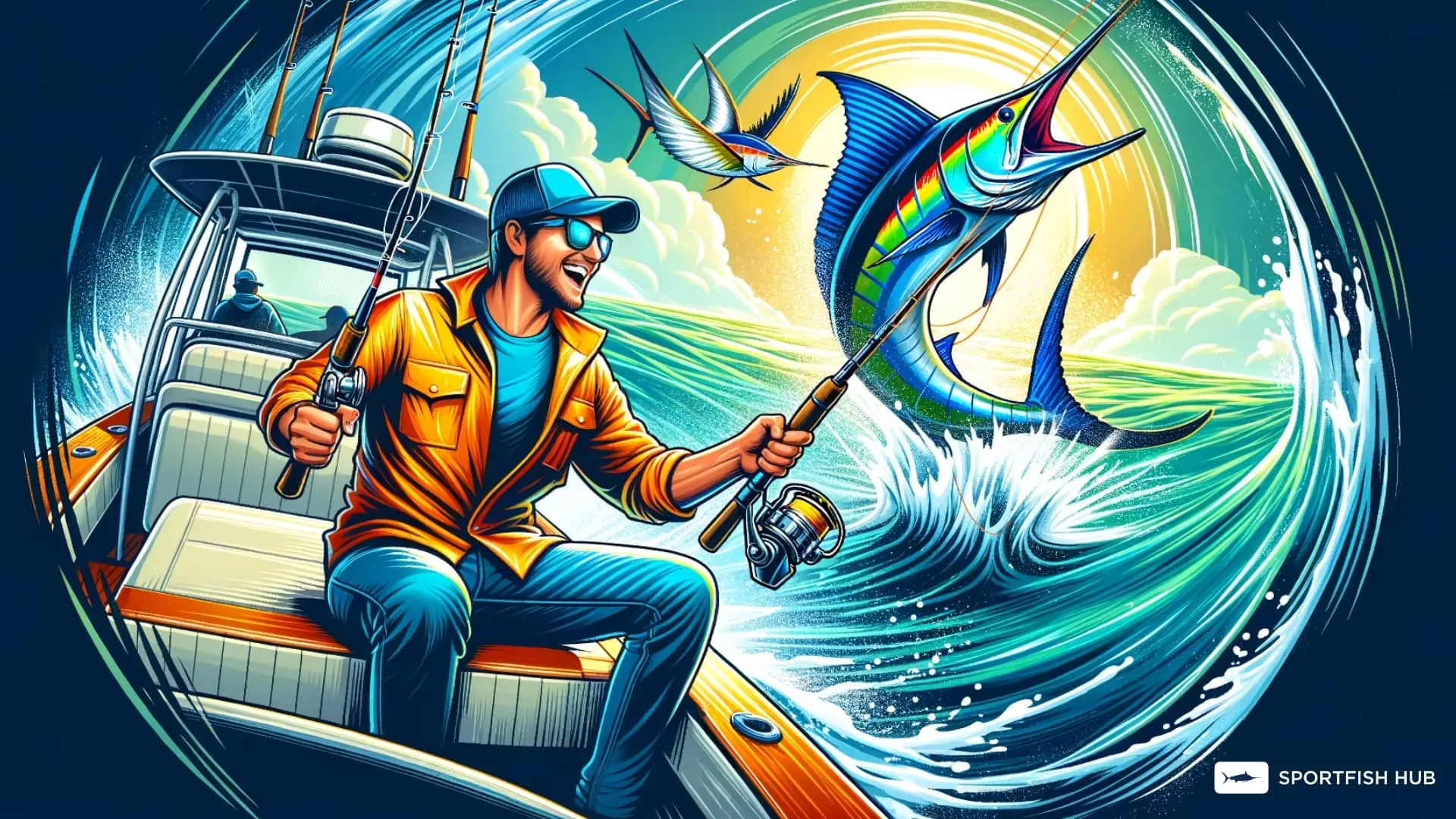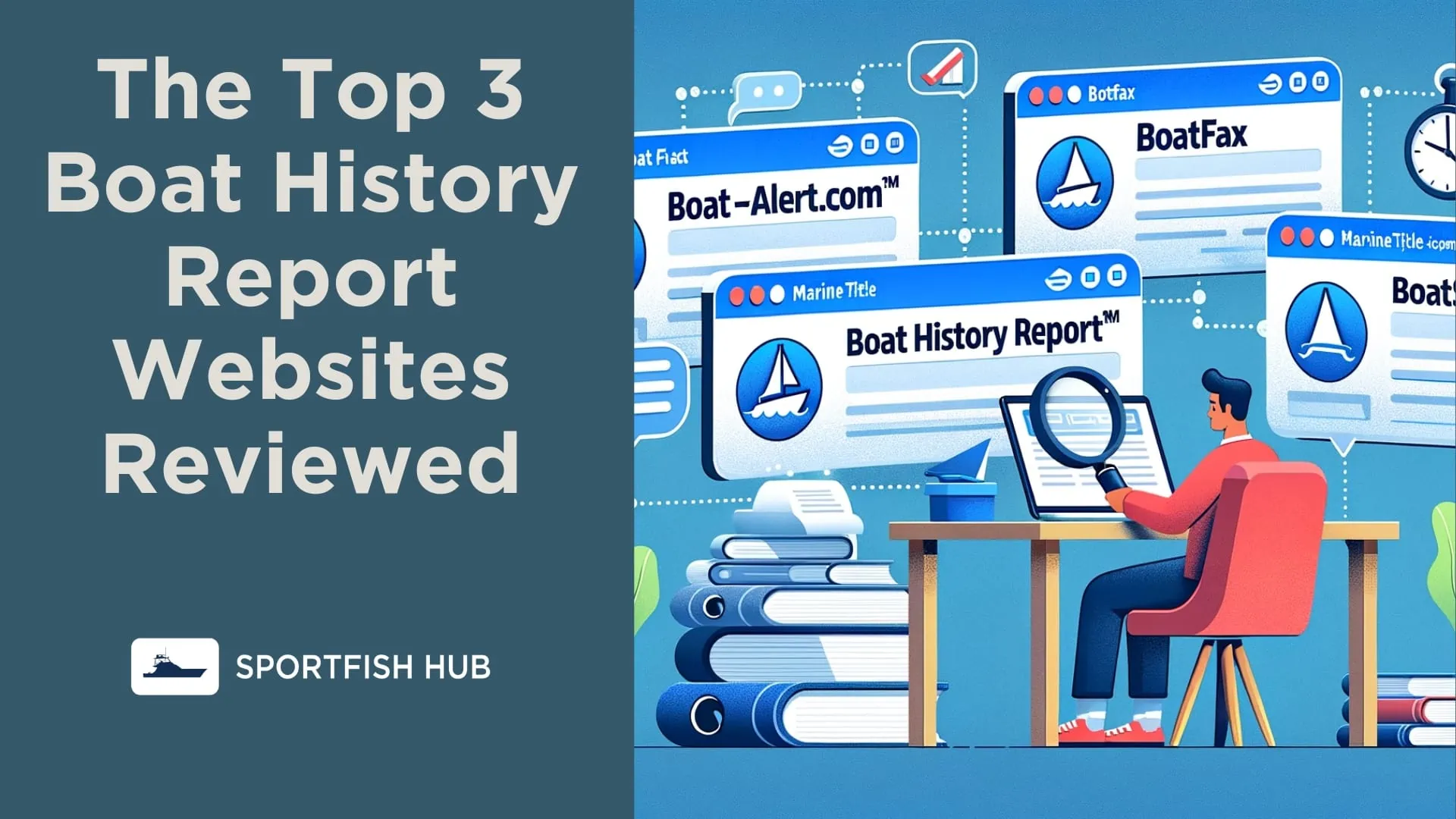Sportfishing has long been seen as a male-dominated activity. However, in recent years there has been a noticeable increase in the number of women participating in recreational fishing. This trend can be attributed to several factors, including changing social norms, increased marketing towards women, and the health benefits associated with spending time outdoors.
Overview of Sportfishing
Sportfishing, also known as recreational fishing, refers to fishing for pleasure rather than for survival or commercial profit. It can be done in both freshwater and saltwater using techniques like baitcasting, fly fishing, and trolling.
Common target species include bass, trout, salmon, pike, and catfish.
Growth of Women in Sportfishing
While stereotypically seen as a male activity, sportfishing has gained popularity among women over the past few decades. Here are some key statistics:
- According to the Recreational Boating & Fishing Foundation, the number of female participants increased from 27% in 2012 to 31% in 2018.
- 24% of fishing licenses in the United States in 2020 were sold to women.
- 45% of new fishing participants in 2020 were women.
There are now millions of female anglers in the U.S. Several factors have contributed to this upward trend:
Changing Social Attitudes
Fishing is no longer seen as just a man’s activity. The outdated views that women don’t enjoy the outdoors or aren’t interested in fishing are fading. Sportfishing is now considered an activity for all genders.
Targeted Marketing
Fishing companies and guides are now specifically targeting women in their advertisements and outreach. There are fishing shows, clubs, magazines, and products designed just for women. This makes the sport more approachable and welcoming.
Health Benefits
Studies show fishing can reduce stress, improve mental health, and increase vitamin D from sun exposure. As people become more health-conscious, fishing is seen as a way to relax and get exercise.
Family Activity
More women are being introduced to fishing by male family members. Taking their daughters fishing has become a popular activity for fathers.
Accessibility
Improvements in gear like lightweight rods along with guides and camps for beginners makes fishing more accessible to women. No strength or experience is required to reel in a fish.
Why Women Enjoy Fishing
There are many reasons why female participation in sportfishing is rising. The top motivations include:
- Being outside and connecting with nature
- Finding peace and tranquility
- Learning survival skills
- Spending time with family
- Bonding with other women
- Challenging themselves
- Escaping everyday stress
- Catching fish for eating or sport
- Feeling empowered and capable
Many women find fishing to be therapeutic. It serves as an escape from the demands of work and family. The sport builds confidence by teaching new skills. There is also camaraderie to be found in joining female fishing groups.
Types of Fishing Popular with Women
Women enjoy all kinds of sportfishing. Some styles of fishing that are especially popular with women include:
- Fly fishing – Casting fly rod lures and flies. Requires skill and finesse.
- Kayak fishing – Paddling small kayaks to fishing spots. Provides independence and adventure.
- Ice fishing – Cutting holes in frozen lakes to catch fish. Provides unique winter experience.
- Pier or dock fishing – Easy access fishing from shoreline piers and docks. Relaxing and simple.
- Crabbing/lobstering – Trapping crabs and lobsters from shore or boats. Allows for catching a fresh seafood dinner.
- Charter boat fishing – Hiring a charter boat for guided fishing trips. Makes ocean fishing accessible for beginners.
Many women say kayak fishing is their favorite as it allows them to reach secluded fishing spots independently. Fly fishing also has a growing female fanbase due to its grace and elegance.
Growing Industry to Support Women Anglers
As more women get into sportfishing, businesses are responding by catering to women with products, services, and clubs.
Some examples include:
- Fishing gear designed for women like pink rods and reels, fishing pliers, sunglasses, hats, and gear bags.
- Waders and fishing wear made specifically for the female body.
- Guide services and charters just for women.
- Social media groups and clubs for women to connect.
- Magazines like Women’s Outdoor News that share stories of female anglers.
- Conferences such as the Becoming an Outdoors Woman (BOW) Fishing Weekend that teach fishing skills.
| Women’s Fishing Products | Examples |
|---|---|
| Rods and Reels | Lighter weight, pink finishes |
| Clothing | Shirts, jackets, hats in feminine colors |
| Waders | Contoured and sized for women |
| Sunglasses | Stylish designs |
| Tools | Fish grippers, needle-nose pliers |
This industry support makes it easier for women to get into fishing and improves the overall experience. Fishing is becoming more inclusive for women at all skill levels.
Future Outlook
Given the upward trends, it is likely that female participation in sportfishing will continue to grow in the coming years. Some forecasts predict women will make up 50% of anglers by 2025.
Key drivers will be:
- Ongoing changes in social norms
- Marketing that targets women
- Improved equipment and gear
- Growth of women-centric fishing guides, clubs, and conferences
- Social media communities bringing women anglers together
FAQ
What are some tips for women getting started with sportfishing?
Take a class, go with an experienced friend, start in ponds/lakes before ocean fishing, use a braided line for easier casting, and invest in a rod/reel combo designed for beginners. Don’t be afraid to ask the locals for advice.
Where can women find other women to fish with?
Check social media for women’s fishing groups, marinas/bait shops for fishing clubs, and sites like Meetup.com for fishing events. Many guides and charters also offer women’s only trips.
Conclusion
As more women discover the joys and rewards of casting a line, sportfishing will become a gender-neutral sport. There are enormous opportunities to welcome millions of new female anglers worldwide. The future is bright for women in sportfishing.

